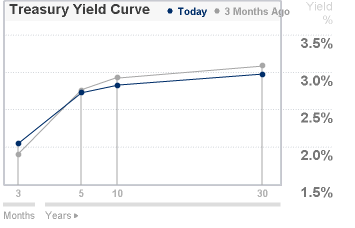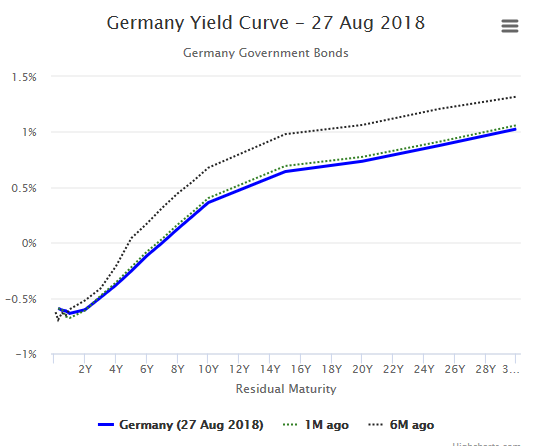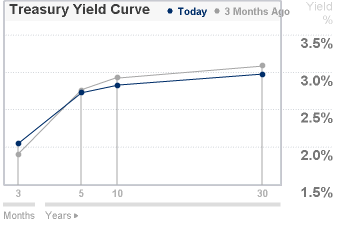We often hear that the bond market has the smartest investors in the financial world. Economist look to the bond market to divine the future, taking careful note of the yield curve which plots fixed-interest securities against the length of time they have to run to maturity. The shape of the curve reveals what investors are getting for choosing to buy shorter- or longer-term debt. Most often they demand more for locking away their money for longer periods, with the greater uncertainty that it brings. So, yield curves have usually sloped upwards to compensate long-term investors for risks associated with inflation over the long haul.
However, we are now witnessing a yield curve that has been flattening over the past couple years, raising the prospects of the curve actually inverting, whereby long-rates are below short rates. So, what are the ‘smartest” investors thinking?
In the United States, while the Fed has been steadily increasing rates at the short end of the curve, the more important developments have taken place in the longer end, that is for 5, 10 and 30yrs yields (Figure 1). Bond investors accept that the central bank will steer the economy in line with its inflation aims. Over the medium-term inflation expectations have remained firmly anchored around the 2 % target and that continues today. Investors do not demand a premium for interest rate uncertainty and are more willing to extend their bond purchases at these low long-term rates.
Figure 1

Turning to the European markets, German bund investors have also assigned a small probability for inflation to surprise on the upside (Figure 2). Given that the yield curve has both shifted downwards and flattened indicates that investors assign only a small probability for inflation to surprise much to the upside.
Figure 2

Investors in the Japanese bond market have long been satisfied with the 10yr rate hovering around zero and 30 – and 40 -year bonds trading at 0.8 %, indicating that investors do not anticipate that the inflation will even get close to the 2% target over the long run (Figure 3).









Leave A Comment